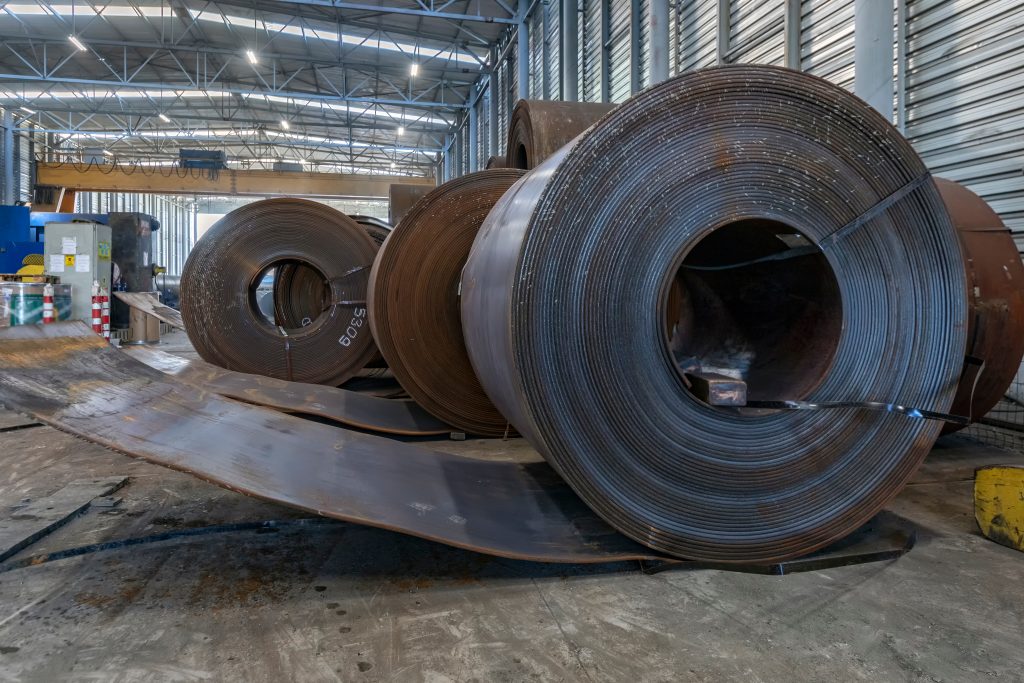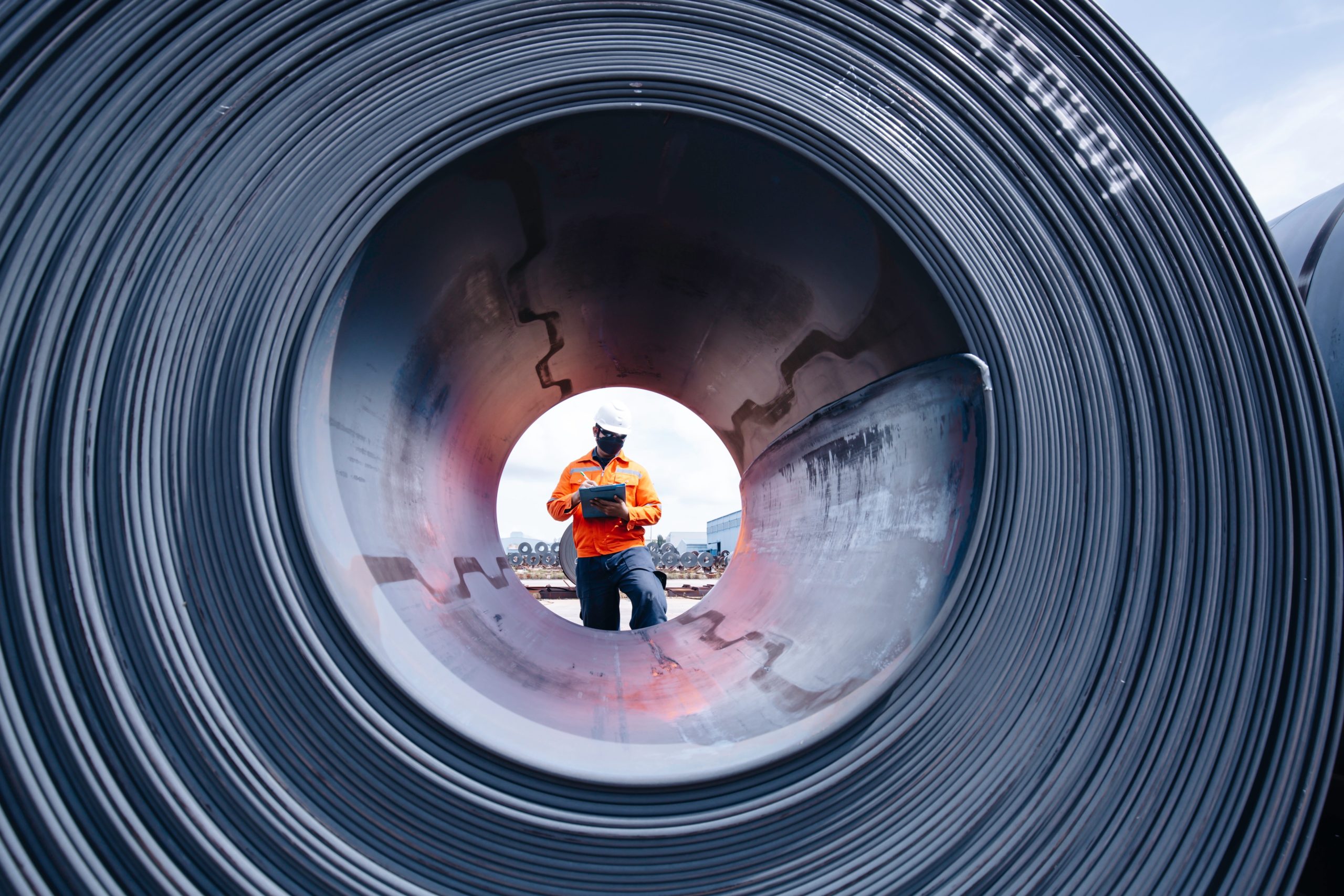When it comes to selecting the right stainless steel for your project, understanding the differences between hot-rolled and cold-rolled sheets can be pivotal. At HiMetal, one of Singapore’s leading stainless steel stockists, we pride ourselves on offering a diverse range of stainless steel sheets, plates, and extrusions to meet various industrial and architectural needs.
In this article, we’ll demystify the production processes of hot-rolled and cold-rolled stainless steel sheets, explore their unique properties, surface textures, and determine their suitability for different applications.
The Production Process
Hot-Rolled Stainless Steel
Hot-rolled stainless steel is produced by heating slabs of steel above their recrystallisation temperature (around 1100°C). The heated steel is then passed through a series of rollers to achieve the desired thickness and shape. This process allows the steel to be easily shaped and formed into large, durable sheets.
Key Steps:
- Heating: The steel is heated to high temperatures.
- Rolling: The steel passes through rollers to achieve the desired thickness.
- Cooling: The hot-rolled steel is allowed to cool at room temperature.
Cold-Rolled Stainless Steel
Cold-rolled stainless steel, on the other hand, starts with hot-rolled steel. However, instead of cooling at room temperature, the steel is further processed at lower temperatures through a series of rollers. This additional processing increases the steel’s strength and hardness while improving its surface finish.
Key Steps:
- Pickling: Removal of scale and impurities from hot-rolled steel.
- Rolling: The steel is rolled at room temperature to achieve precise dimensions.
- Annealing: The steel may be heat-treated to improve ductility and reduce internal stresses.
- Final Rolling: A final pass through rollers enhances the surface finish and dimensional accuracy.
Unique Properties and Surface Texture
Hot-Rolled Stainless Steel
- Surface Texture: Hot-rolled sheets typically have a rougher, scaly surface due to the high-temperature processing. This surface texture may not be suitable for applications requiring a smooth, polished finish.
- Strength and Ductility: Hot-rolled steel is less hard than cold-rolled steel but offers higher ductility, making it easier to work with during fabrication.
- Dimensional Accuracy: Hot-rolled steel is less precise in terms of dimensions compared to cold-rolled steel.
Cold-Rolled Stainless Steel
- Surface Texture: Cold-rolled sheets boast a smoother, shinier finish, ideal for applications where aesthetics are crucial.
- Strength and Hardness: The cold-rolling process enhances the steel’s strength and hardness, making it suitable for applications requiring greater durability and load-bearing capacity.
- Dimensional Accuracy: Cold-rolled steel offers superior dimensional precision, allowing for tighter tolerances.

Suitability for Projects
When to Choose Hot-Rolled Stainless Steel
Hot-rolled stainless steel is ideal for projects where the final appearance is not a primary concern and where larger, thicker pieces are required. It’s commonly used in:
- Structural components
- Heavy machinery
- Automotive frames
- Construction materials
When to Choose Cold-Rolled Stainless Steel
Cold-rolled stainless steel is the preferred choice for projects demanding a high-quality surface finish, precise dimensions, and increased strength. Applications include:
- Precision instruments
- Appliance panels
- Furniture
- Decorative architectural elements
- Automotive parts
Conclusion
Selecting between hot-rolled and cold-rolled stainless steel sheets depends on your specific project requirements. At HiMetal, we offer both types to ensure you have the right material for your needs. Our team of experts is ready to assist you in making the best choice, ensuring that your projects benefit from the optimal performance and aesthetics of stainless steel.
Explore our range of stainless steel sheets, plates, and extrusions today at HiMetal, and let us help you achieve excellence in your next project.

